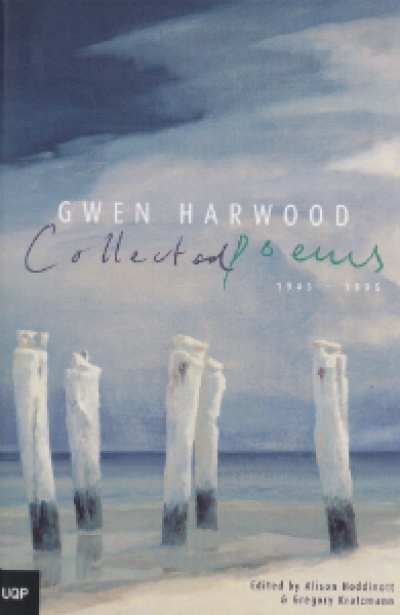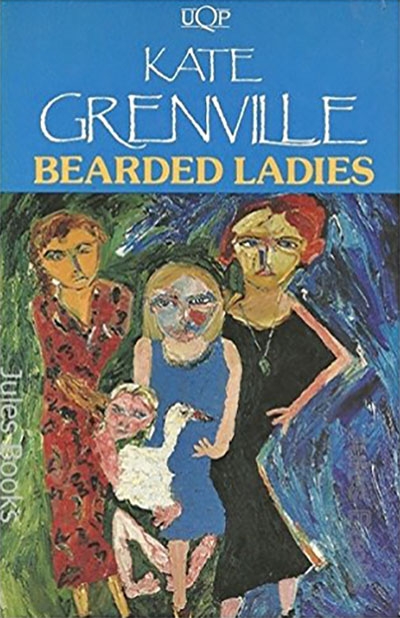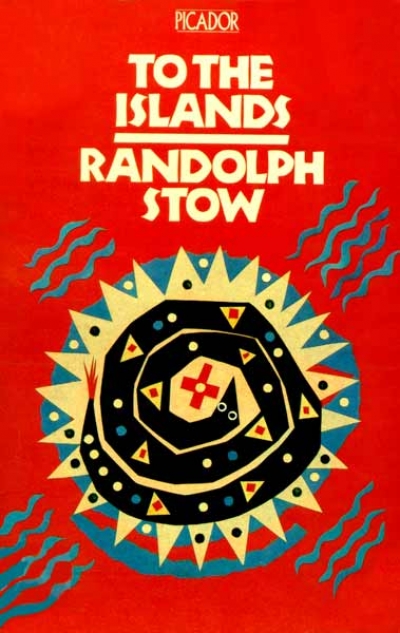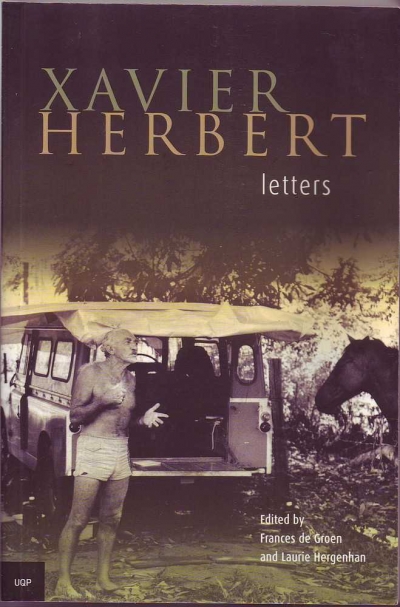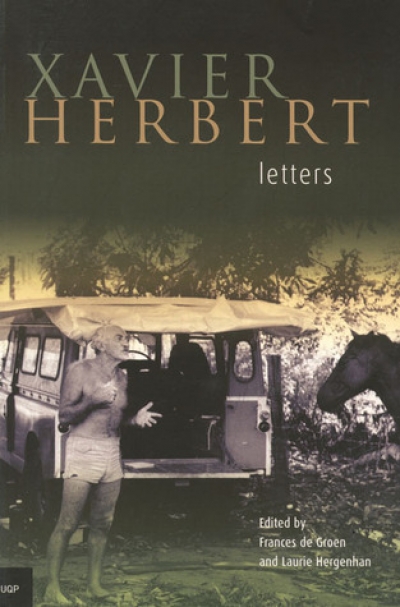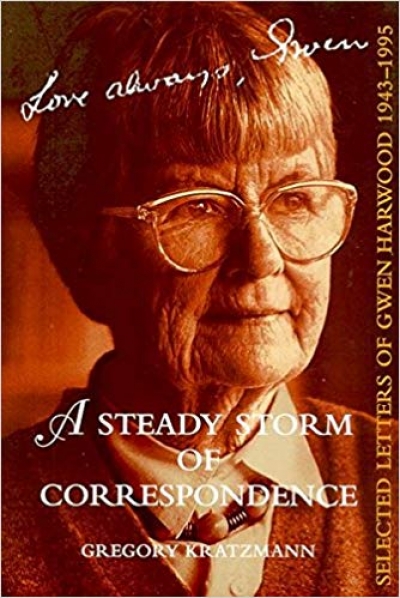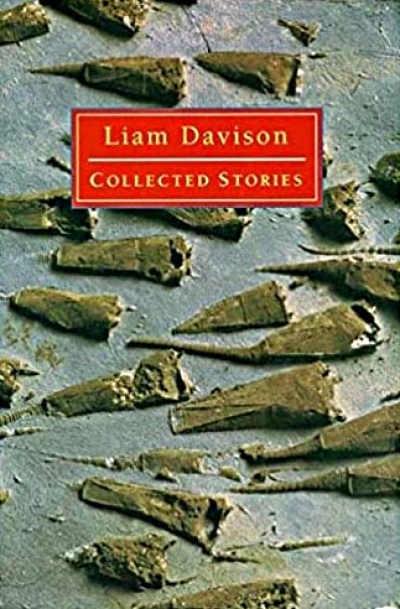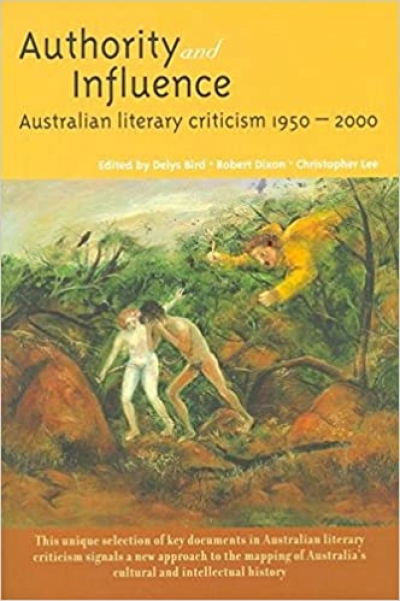University of Queensland Press
Bearded Ladies/Dreamhouse by Kate Grenville & Joan Makes History by Kate Grenville
by Carolyn Tétaz •
To the Islands by Randolph Stow & Tourmaline by Randolph Stow
by Thomas Shapcott •
Xavier Herbert: Letters edited by Frances de Groen and Laurie Hergenhan
by Jacqueline Kent •
Xavier Herbert: Letters edited by Frances de Groen and Laurie Hergenhan
by Jacqueline Kent •
Paul Kane reviews ‘The Poetry of Les Murray’ edited by Laurie Hergenhan and Bruce Clunies Ross, ‘Les Murray’ by Steven Matthews, and ‘Poems the Size of Photographs’ by Les Murray
by Paul Kane •
You might expect a book of eighty-eight new poems by Les Murray to be sizeable (most of his recent single volumes run to about sixty poems each). But Poems the Size of Photographs is literally a small book, composed of short poems (‘though some are longer’, says the back cover) ...
... (read more)These four titles are reissues of well-known texts, or of the work of well-known writers, from four different publishers. A good sign perhaps, very welcome at a time when publishing seems ever more ephemeral and when many works, even from the recent past, are unavailable.
... (read more)A Steady Storm of Correspondence: Selected Letters of Gwen Harwood 1943–1995 edited by Gregory Kratzmann
by Brenda Niall •
Authority and Influence: Australian literary criticism, 1950–2000 edited by Delys Bird, Robert Dixon and Christopher Lee
by Vivian Smith •

